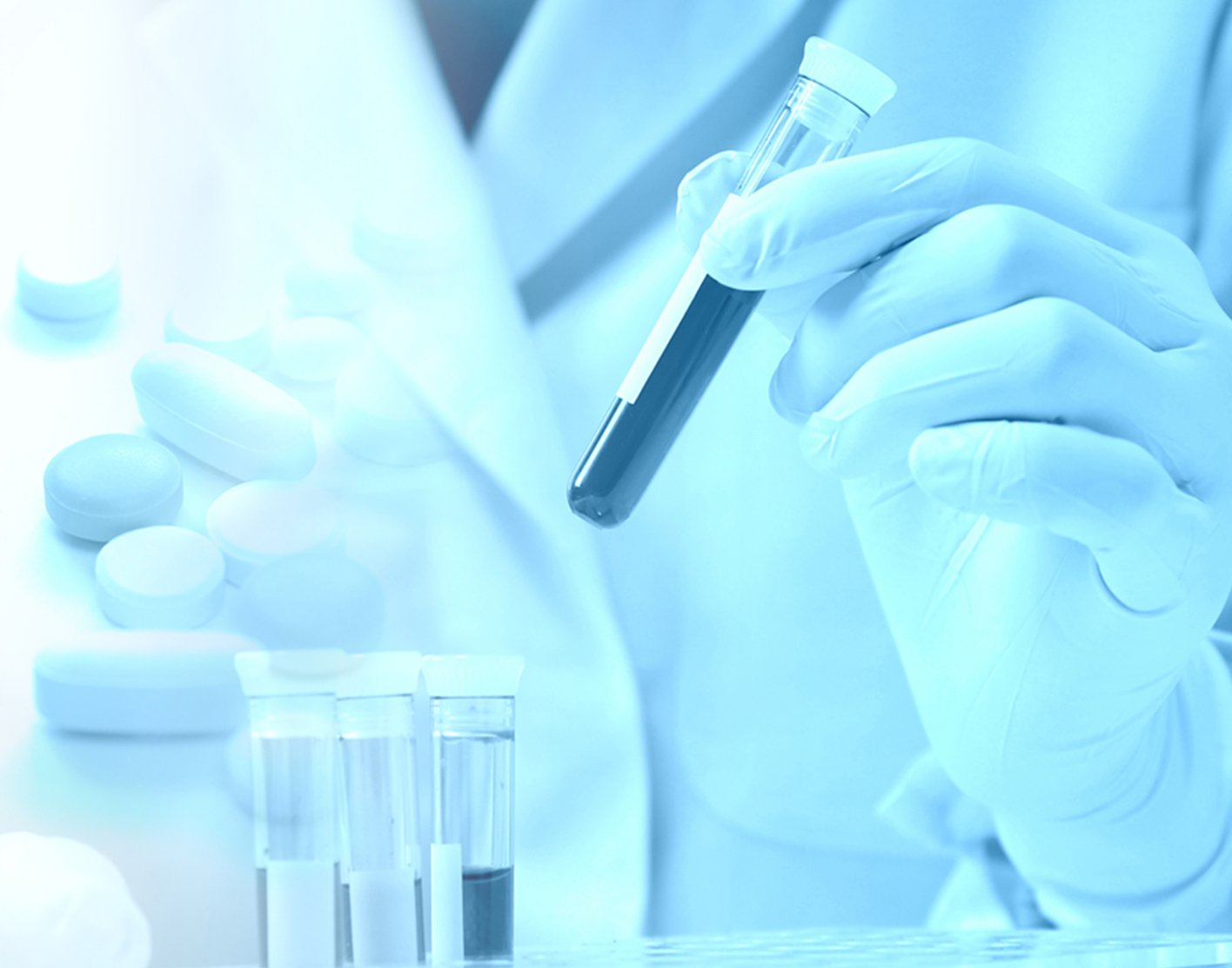
17-OH progesterone
Definition
17-OH progesterone is a blood test that measures the amount of 17-OH progesterone in the blood. This is a hormone produced by the
Alternative Names
17-hydroxyprogesterone; Progesterone - 17-OH
How the Test is Performed
A blood sample is needed. Most of the time, blood is
In infants or young children, a sharp tool called a lancet may be used to puncture the skin.
- The blood collects in a small glass tube called a pipette, or onto a slide or test strip.
- A bandage is put over the spot to stop any bleeding.
How to Prepare for the Test
Many medicines can interfere with blood test results.
- Your health care provider will tell you if you need to stop taking any medicines before you have this test.
- Do not stop or change your medicines without talking to your provider first.
How the Test will Feel
You may feel slight pain or a sting when the needle is inserted. You may also feel some throbbing at the site after the blood is drawn.
Why the Test is Performed
The main use of this test is to check infants for an inherited disorder that affects the adrenal gland, called
This test is also used to identify people who develop symptoms of CAH later in life, a condition called nonclassical adrenal hyperplasia.
A provider may recommend this test for women or girls who have male traits such as:
- Excess hair growth in places where adult men grow hair
- Deep voice or an increase in muscle mass
- Absence of menses
- Infertility
Normal Results
Normal and abnormal values differ for babies born with low birth weight. In general, normal results are as follows:
- Babies more than 24 hours old - less than 400 to 600 nanograms per deciliter (ng/dL) or 12.12 to 18.18 nanomoles per liter (nmol/L)
- Children before puberty around 100 ng/dL or 3.03 nmol/L
- Adults - less than 200 ng/dL or 6.06 nmol/L
Normal value ranges may vary slightly among different laboratories. Talk to your provider about the meaning of your specific test results.
The examples above show the common measurements for results of these tests. Some laboratories use different measurements or may test different specimens.
What Abnormal Results Mean
A high level of 17-OH progesterone may be due to:
Tumors of the adrenal gland Congenital adrenal hyperplasia (CAH)
In infants with CAH, the 17-OHP level ranges from 2,000 to 40,000 ng/dL or 60.6 to 1212 nmol/L. In adults, a level greater than 200 ng/dL or 6.06 nmol/L may be due to nonclassical adrenal hyperplasia.
Considerations
Your provider may suggest an
References
Chan Y-M, Hannema SE, Achermann JC, Hughes IA. Disorders of sex development. In: Melmed S, Auchus RJ, Goldfine AB, Koenig RJ, Rosen CJ, eds. Williams Textbook of Endocrinology. 14th ed. Philadelphia, PA; Elsevier; 2020:chap: 24.
Guber HA, Oprea M, Rusell YX. Evaluation of endocrine function. In: McPherson RA, Pincus MR, eds. Henry's Clinical Diagnosis and Management by Laboratory Methods. 24th ed. Philadelphia, PA: Elsevier; 2022:chap 25.
Haddad NG, Eugster EA. Endocrinology of pubertal disorders. In: Robertson RP, ed. DeGroot's Endocrinology. 8th ed. Philadelphia, PA: Elsevier; 2023:chap: 103.
White PC. Congenital adrenal hyperplasia and related disorders. In: Kliegman RM, St. Geme JW, Blum NJ, Shah SS, Tasker RC, Wilson KM, eds. Nelson Textbook of Pediatrics. 21st ed. Philadelphia, PA: Elsevier; 2020:chap 594.
Review Date: 01/04/2023
The information provided herein should not be used during any medical emergency or for the diagnosis or treatment of any medical condition. A licensed physician should be consulted for diagnosis and treatment of any and all medical conditions. Call 911 for all medical emergencies. Links to other sites are provided for information only -- they do not constitute endorsements of those other sites. Copyright ©2019 A.D.A.M., Inc., as modified by University of California San Francisco. Any duplication or distribution of the information contained herein is strictly prohibited.
Information developed by A.D.A.M., Inc. regarding tests and test results may not directly correspond with information provided by UCSF Health. Please discuss with your doctor any questions or concerns you may have.



























